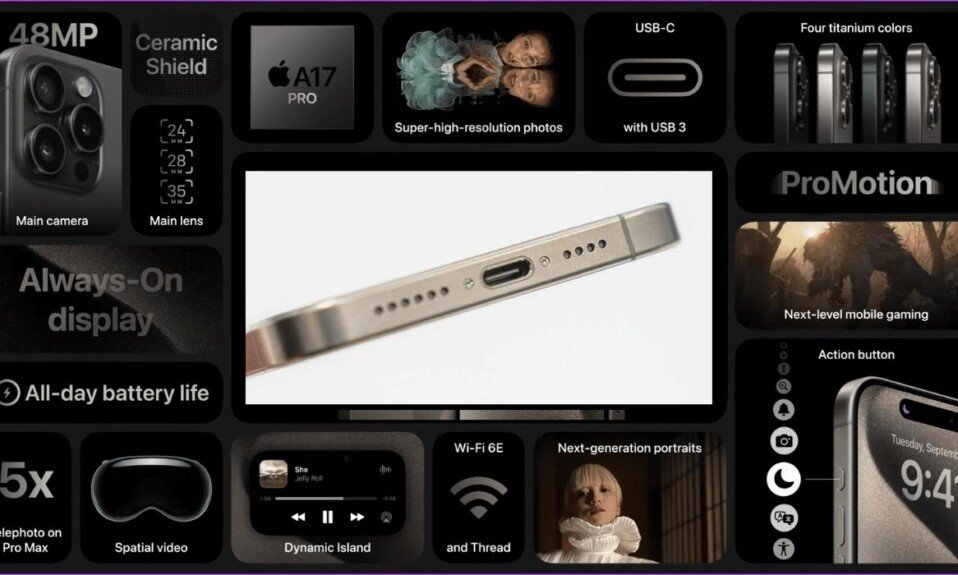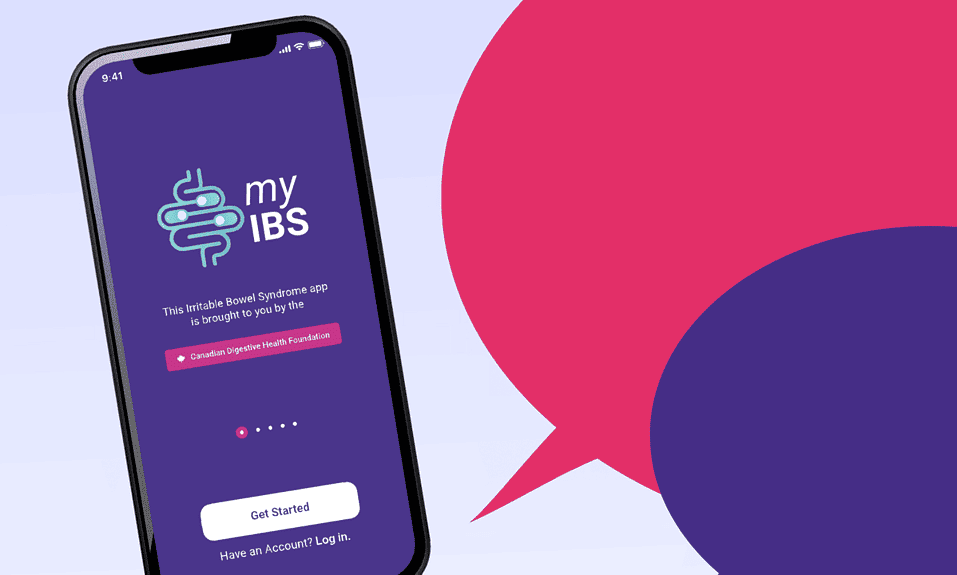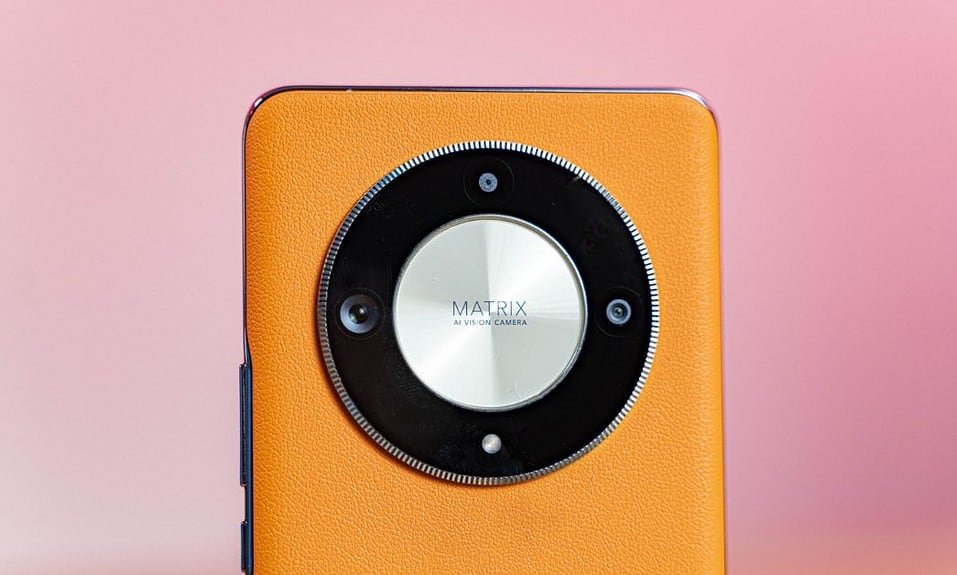USB-C Debuts in iPhone 15: Differences Between Pro and Non-Pro Versions: With the introduction of the iPhone 15, the tech world is buzzing about Apple’s move to embrace the USB-C connector. But what does this mean, especially for young tech enthusiasts?
The Unity of USB-C
If we were to describe the USB-C in one word, it would be ‘unity’. Why? Because this tiny connector is used in many devices, not just phones. From digital cameras and home monitors to even the latest mobile drives, a lot of gadgets we use daily now come with a USB-C port. This means we can use the same charger or cable for multiple devices. Neat, right?
But Not All USB-Cs Are Created Equal
If you’re considering getting the iPhone 15, here’s something interesting: not all versions of the iPhone 15 have the same USB-C speed. The standard iPhone 15’s USB-C speed is up to 480Mbps, similar to USB 2.0. But the iPhone 15 Pro and higher models zoom up to a whopping 20Gbps, as fast as USB3.2 Gen2x2, and might even support Thunderbolt 3 technology, reaching speeds of up to 40Gbps!
Why this difference? It’s because the iPhone 15 uses the A16 chip, which supports only USB 2.0 data speeds. On the other hand, the Pro version boasts the A17 Pro chip, which can handle faster USB3.2 and Thunderbolt 3 speeds.

What’s Inside the USB-C?
Without diving too deep into the technical stuff, it’s fun to know that not all USB-C connectors are the same inside. A “fully functional” USB-C has 24 pins inside, handling various tasks like video signals, charging, and data transfer. Depending on what a device needs, some of these pins can be removed. For instance, if a device only needs charging and not data transfer, it will have fewer pins.
To make it simpler:
- 24-Pin Type-C: The all-rounder that can handle everything.
- 16-Pin & 12-Pin Type-C: These are for devices that don’t need super-fast data transfer or video output.
- 6-Pin Type-C: Just for charging, no data transfer.
So, while all USB-C ports might look the same on the outside, it’s what’s inside that counts. The number of pins inside depends on what the device needs.
In Conclusion
Apple’s move to USB-C in the iPhone 15 brings exciting changes. But it’s essential to know that not all USB-Cs are the same. Depending on the model you choose, you’ll get different speeds and functionalities. Happy tech exploring!




